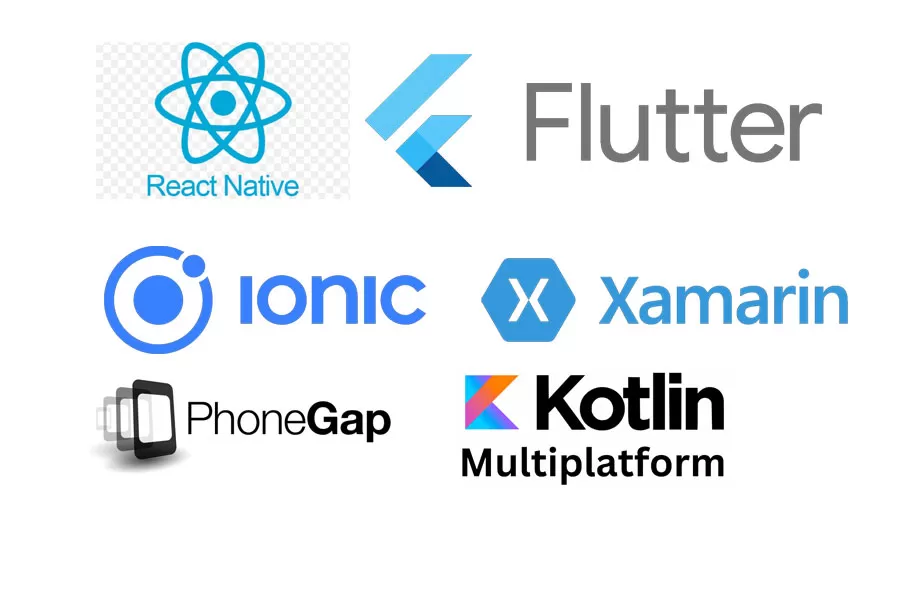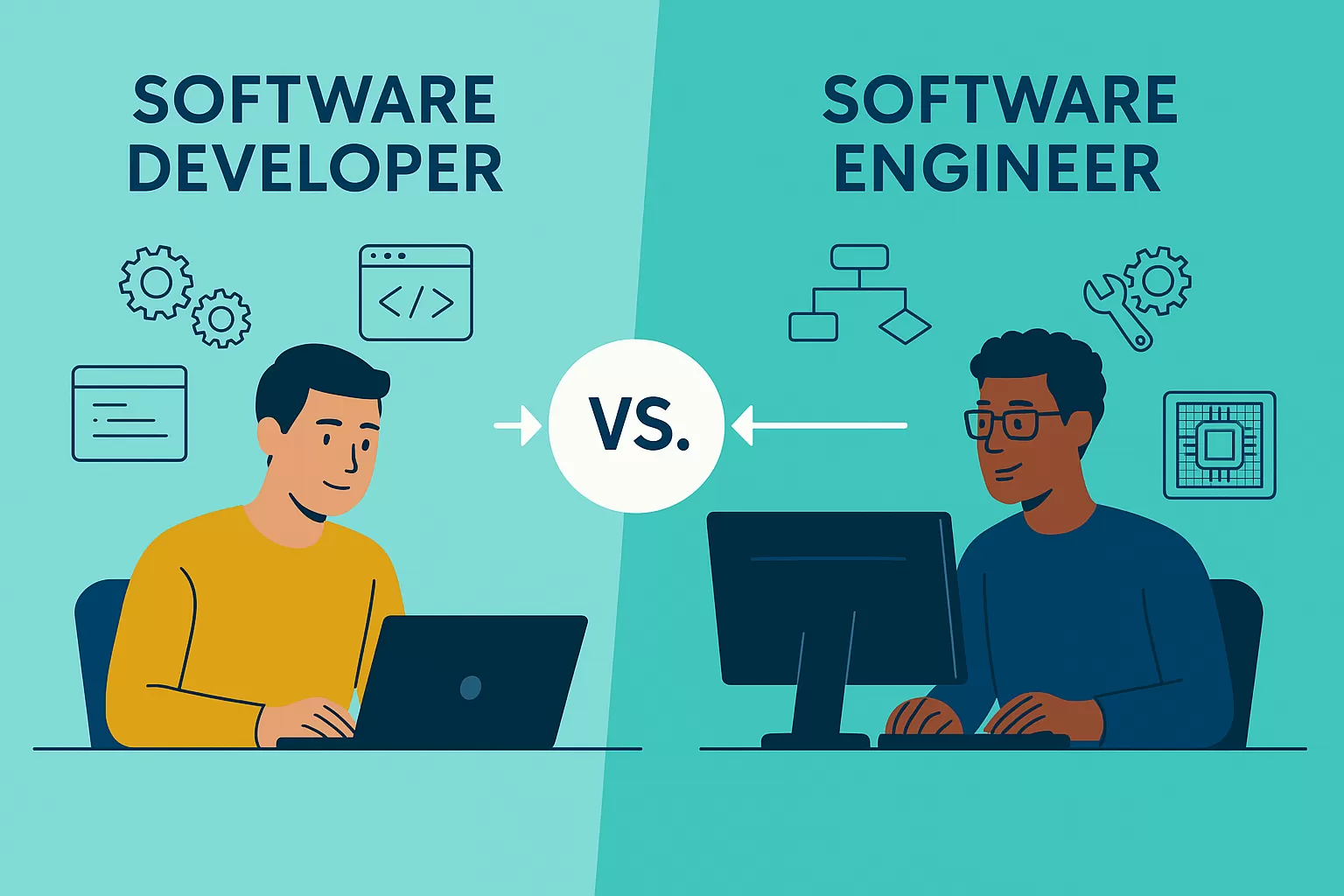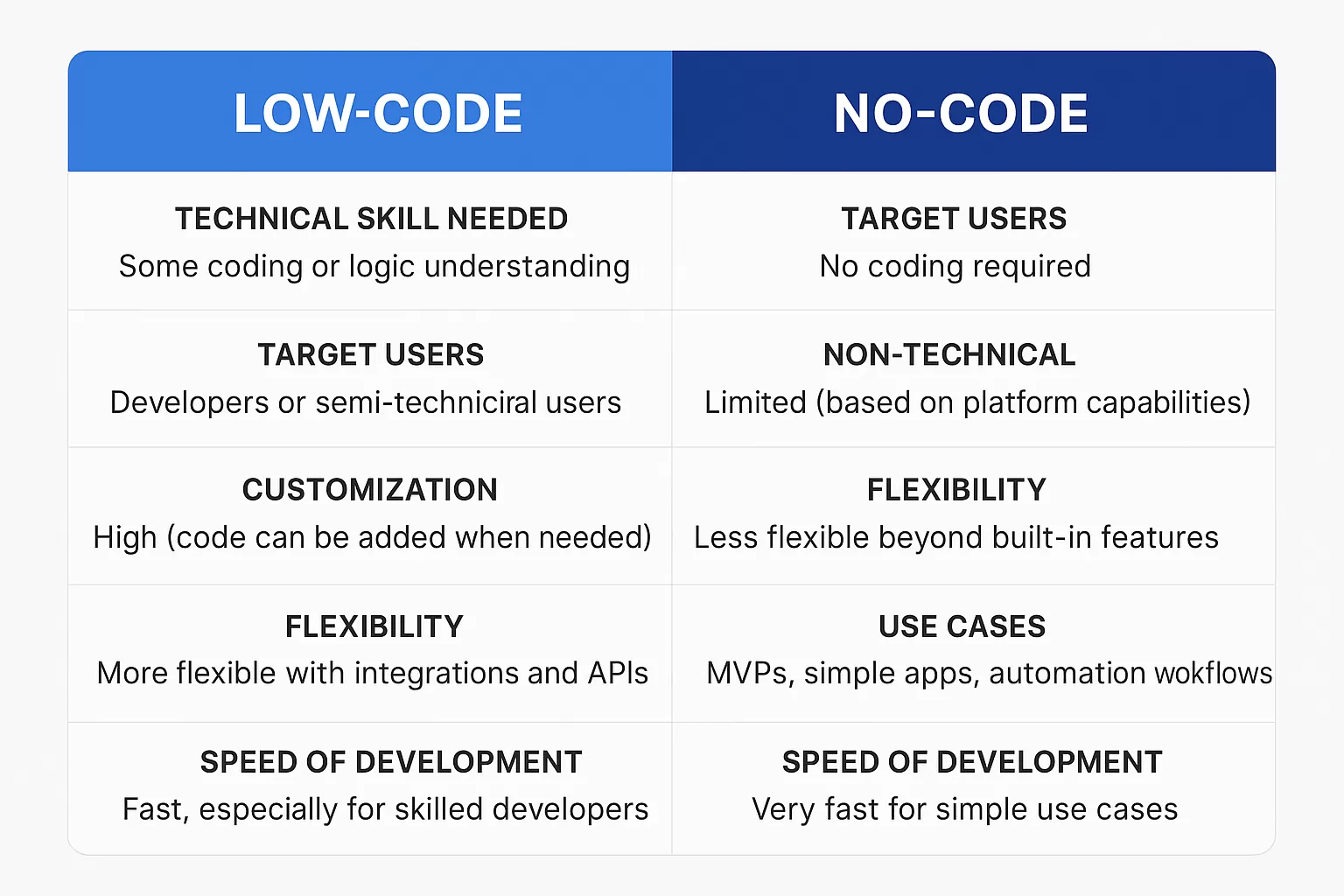
- Services .
- Industries .
- Company .
Explore detailed insights, expert opinions, and updates in our blog. Stay informed, discover new perspectives, and enhance your knowledge with every read.

Full-stack development, which refers to the development of both the frontend and backend of web and mobile applications, has seen significant growth in recent years. As businesses continue to demand faster, more efficient, and scalable applications, the role of full-stack developers is more crucial than ever. This article explores the latest trends in full-stack development and the industries driving the demand for these professionals.
1. The Evolution of Fullstack Development
Full-stack developers are now expected to have expertise in both the client side (frontend) and the server side (backend). The rapid growth of web and mobile applications across industries has led to the evolution of full-stack development, where developers are increasingly taking on more responsibilities, including handling databases, servers, and API integrations.
Today, a full-stack developer may need to be proficient in:
2. Key Trends in Fullstack Development
2.1 Serverless Architecture
One of the biggest shifts in full-stack development is the rise of serverless architecture. Serverless computing enables developers to build and run applications without managing the infrastructure, using services like AWS Lambda, Google Cloud Functions, and Azure Functions. This shift allows developers to focus on writing code without worrying about the underlying servers, leading to faster development cycles and reduced operational costs.
2.2 Microservices Architecture
Microservices, where the backend is split into small, manageable services that can be developed and deployed independently, is another growing trend. Microservices offer better scalability, flexibility, and easier maintenance, making it ideal for large applications. Full-stack developers who understand the microservices model and know how to integrate them effectively into their applications are highly sought after.
2.3 AI and Machine Learning Integration
Artificial Intelligence (AI) and Machine Learning (ML) are increasingly being integrated into full-stack development. From chatbots and recommendation systems to predictive analytics, full-stack developers with AI/ML knowledge are gaining an edge in the market. Incorporating machine learning models into applications enables smarter, more personalized user experiences.
2.4 Progressive Web Apps (PWAs)
Progressive Web Apps are becoming more popular as they combine the best features of both web and mobile applications. PWAs offer fast, reliable, and engaging user experiences, even in low-network conditions. Developers who specialize in building PWAs with technologies like Service Workers and Web Push Notifications are in high demand.
2.5 Containerization and DevOps
With the growing complexity of modern applications, containerization tools like Docker and Kubernetes are being adopted to streamline deployment and scaling. Full-stack developers who are also familiar with DevOps practices are able to automate the deployment pipeline, making the process faster and more reliable.
3. Industries Driving the Demand for Fullstack Development
3.1 E-commerce
E-commerce platforms continue to grow globally, and full-stack developers are key to building user-friendly, scalable, and secure web and mobile applications. With increasing competition in the online marketplace, businesses need developers who can create seamless shopping experiences, integrate secure payment systems, and manage vast inventories.
3.2 Healthcare and Telemedicine
The healthcare industry, particularly telemedicine, has seen a massive transformation in recent years. Full-stack developers play a critical role in building platforms that provide secure communication between patients and healthcare providers, manage medical records, and offer remote consultations. With the rise of health apps, wearables, and telehealth, the demand for skilled full-stack developers in this sector continues to grow.
3.3 Finance and Fintech
Fintech is revolutionizing the way we handle money, from mobile banking apps to cryptocurrency exchanges. Full-stack developers in the fintech industry need to ensure the security and scalability of applications while meeting regulatory standards. The rise of blockchain, digital payments, and peer-to-peer lending platforms is expanding the scope for full-stack developers in this sector.
3.4 Education and EdTech
As online learning continues to rise, EdTech platforms require robust web and mobile applications that offer features like live classrooms, quizzes, grading systems, and more. Full-stack developers in this industry work on everything from student and teacher portals to gamified learning experiences and AI-driven tutoring systems.
3.5 Entertainment and Media
Streaming services, gaming platforms, and social media applications are booming. Full-stack developers in the entertainment industry work on everything from real-time video streaming to building complex content management systems. As media companies expand their digital offerings, the demand for developers who can manage vast data and create engaging content platforms is growing.
4. Skills in Demand for Fullstack Developers
As the industry continues to evolve, full-stack developers are expected to have a broad range of skills. Some of the most in-demand skills for full-stack developers include:
5. Conclusion: The Future of Fullstack Development
Full-stack development remains one of the most versatile and sought-after skills in the tech industry. As businesses continue to embrace digital transformation and demand more efficient, user-friendly applications, the role of the full-stack developer will only grow in importance.
For developers, staying on top of emerging trends like AI integration, serverless architectures, and microservices will be crucial to staying competitive in the job market. Likewise, companies looking to build scalable, cutting-edge applications will find that full-stack development offers the flexibility and efficiency they need to thrive in today’s fast-paced digital world.
As the landscape of web and app development evolves, full-stack developers who are adaptable, knowledgeable, and skilled in the latest technologies will be in high demand across industries. Whether you're a business looking to hire developers or an aspiring full-stack developer, embracing these trends and technologies will position you for success in the rapidly changing world of software development.

How to Economically Hire Web and Mobile App Developers

Cross-Platform App Development Guide for Startups

Custom Web Application Development Guide for Startups

AI in Foreign Policy: Transforming Global Diplomacy

How AI and 5G Are Reshaping the Future of Telecom

How AI Is Shaping the Future of Entertainment Content

Solving Tech Debt: Smart Strategies That Boost Growth

Software Developer vs. Software Engineer: What’s the Difference?

Low-code vs. no-code app development

What Is Digital Transformation? A Modern Business Guide